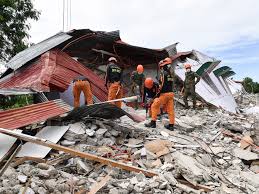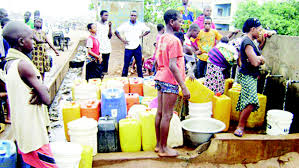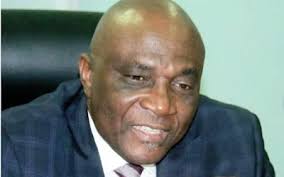
Philippines earthquake death toll nearly 70 as injured overwhelm hospitals
The death toll from a significant earthquake in the central Philippines increased to at least 69 on Wednesday, according to a disaster official, as numerous injured individuals overwhelmed hospitals on Cebu island.
Injured children wept and adults shouted while receiving treatment on beds situated beneath blue tents outside the Cebu Provincial Hospital, having been moved outdoors as a precaution against potential aftershocks that occurred overnight.
These individuals are survivors of the shallow magnitude 6.9 earthquake that occurred late on Tuesday off the northern coast of Cebu island, near Bogo, a city with a population of 90,000, as reported by the US Geological Survey.
Unfortunately, others were not as lucky, and AFP journalists observed hospital staff loading black body bags into vans that transported the deceased to local mortuaries.
“Many of them were trapped under debris, which led to their fatalities,” stated Rafaelito Alejandro, deputy administrator of the Office of Civil Defence, during a government television broadcast, updating the death toll to 69.
Richard Guion, whose left elbow was heavily bandaged, recounted how he and his wife, who sustained a broken foot, were rescued from beneath the collapsed concrete wall of their home by their 17-year-old son, who was outside when the earthquake struck.
“When the cement fell, I called out to him,” said the 39-year-old Guion, expressing gratitude that his son disregarded his instruction to go to bed early.
Thirty fatalities were reported in Bogo, according to Alejandro from the civil defence office.
In other municipalities close to the earthquake’s epicenter, 22 individuals were killed in San Remigio, 10 in Medellin, five in Tabogon, and one each in Sogod and Tabuelan, he noted.
The Bogo hospital has reported a total of 186 injured individuals thus far.
- ‘I am struggling’ –
Teddy Fontillas, 56, told AFP he had not slept while he helped transfer the injured to other hospitals.
“I’m already struggling, but what we are doing is necessary to help our patients,” he said.
Elsewhere in Bogo, firemen used excavators to drill holes into the collapsed heap of a two-storey motel, where two receptionists and a child were feared trapped beneath debris.
A distraught Isagani Jilig, whose wife and child are among the missing, joined about a hundred people watching the rescue.
“I will never leave this site until I find them again. As a father, I have to be strong now more than ever,” Jilig, 41, told AFP.
Fireman Erwin Castaneda said they had been searching for five hours but “we cannot give up”.
“We are talking about lives here. We will do everything that we can,” he told AFP.
President Ferdinand Marcos pledged swift aid for victims.
“I offer my heartfelt condolences to the bereaved families,” he said in a statement.
Dramatic footage filmed by residents on Bantayan island near Cebu showed a string of light bulbs on an old Catholic church swaying wildly before the church’s belfry tumbled into the courtyard.
Local television broadcast footage of riders dismounting from their motorcycles and gripping railings as a bridge in Cebu shook violently.
In Cebu City, located 100 kilometers (60 miles) to the south, online shoe retailer Jayford Maranga recounted that he took cover under a table in a restaurant to escape the falling metal ceiling of a shopping mall.
"My friend and I were dining at the food court close to closing time, and then, suddenly! It felt as though the Earth had ceased to rotate. Following that, the mall began to tremble," stated 21-year-old Maranga in an interview with AFP.
The provincial government of Cebu has issued a request on its official Facebook page for medical volunteers to help in the aftermath of the earthquake.
Several village roads have also been damaged. In Tabogon town, the road was marked by five-centimeter (two-inch) cracks, as observed by AFP journalists.
Earthquakes occur almost daily in the Philippines, which lies on the Pacific "Ring of Fire," a region characterized by significant seismic activity that extends from Japan through Southeast Asia and across the Pacific Ocean.
While most earthquakes are too weak to be perceived by humans, powerful and destructive tremors occur unpredictably, with no existing technology capable of forecasting when and where they will happen.





